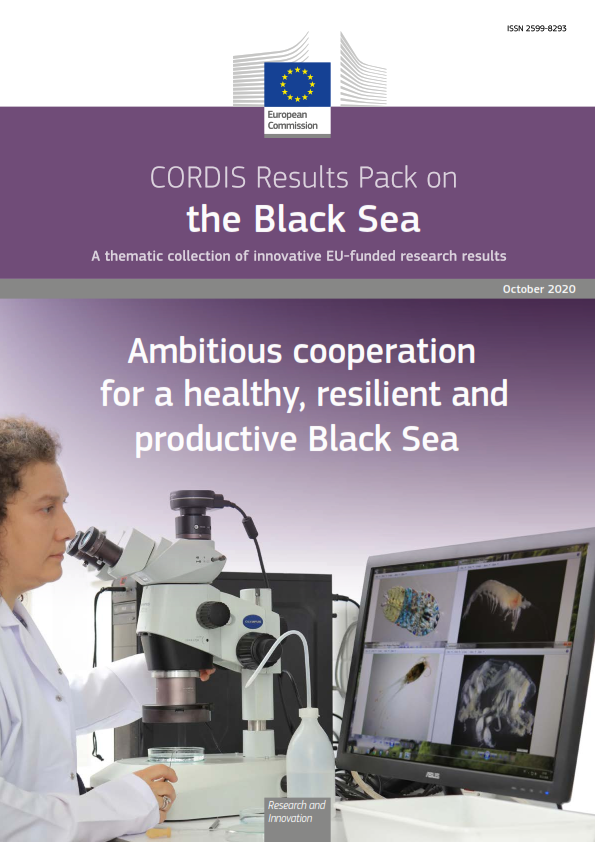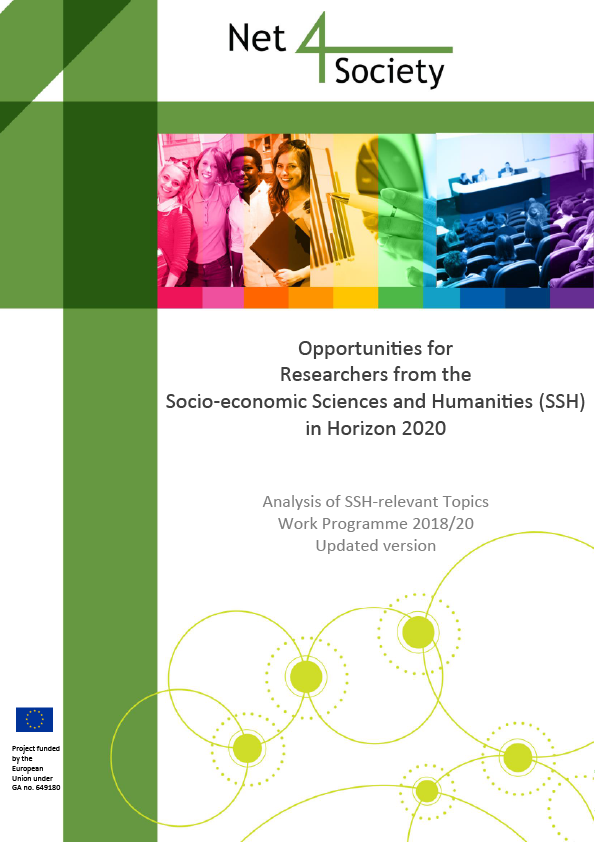The SOI-HITS project developed a low cost smart sensing system that can measure concentrations of oxygen, carbon monoxide, temperature and moisture in a package that has been shown to operate long term in 225 degrees C. This could make the domestic boilers more energy efficient.
The efficiency of the burn in a domestic boiler and other combustion systems is determined by the relative amounts of fuel and air, with each different type of fuel requiring a different ratio.
A key problem for the domestic boiler industry is that the quality and chemical content of the domestic main gas supply varies considerably from region to region. The consequence of this is that the boiler manufacturer does not know exactly the makeup of the gas and hence cannot optimise the combination of air and gas. To overcome this, manufacturers are forced to factory set the mixture of air and gas to a value that ensures all gas is burnt in all instances. The result being the ratio is not likely to be optimised and the burn could be as much as 10 percent away from optimal. Non-optimisation leads to more carbon dioxide being produced than necessary and with a market size of 6 million boilers per annum, efficiency improvements can have a big impact on CO2 reduction.
The ideal solution would be to use electronics to control the gas/air mixture or at least to allow the installer to adjust for local conditions. However the majority of most electronic systems available today are based on complementary metal–oxide–semiconductor (CMOS) technology, which can only operate reliably up to temperatures of around 85 degrees C—a temperature that can easily be exceeded in a domestic boiler. Systems using technologies that are capable of higher temperature operation are available but often have limited life (less than six weeks of continuous use) or use very expensive materials resulting sensors costing hundreds of euro.
With this in mind the EU’s €4 million SOI-HITS project developed a system that can measure concentrations of oxygen, carbon monoxide, temperature and moisture in a package that has been shown to operate long term in 225 degrees C. Equally important, the system needed to be low power and cheap enough to be deployed within the budget for a domestic boiler.
The main system consists of three gas sensors, a multiplexer and a variable gain amplifier all constructed as a low cost high temperature assembly using organic materials and processes developed during the project. By changing material deposited onto the sensing element different combinations of gas can be detected.
The consortium also developed single gas and lower temperature systems as part of the project development which are all available for commercialisation.
The project, started in 2011, was a collaboration between four of Europe’s leading research groups ("Cambridge CMOS Sensors", "Warwick", "Université Catholique de Louvain" and "Institut de Recerca en Energia de Catalunya"), two European SMEs (CCS and CISSOID) and two of the world’s most innovative industrial partners (Honeywell and Microsemi). This carefully crafted consortium offers a clearly defined route to market.










